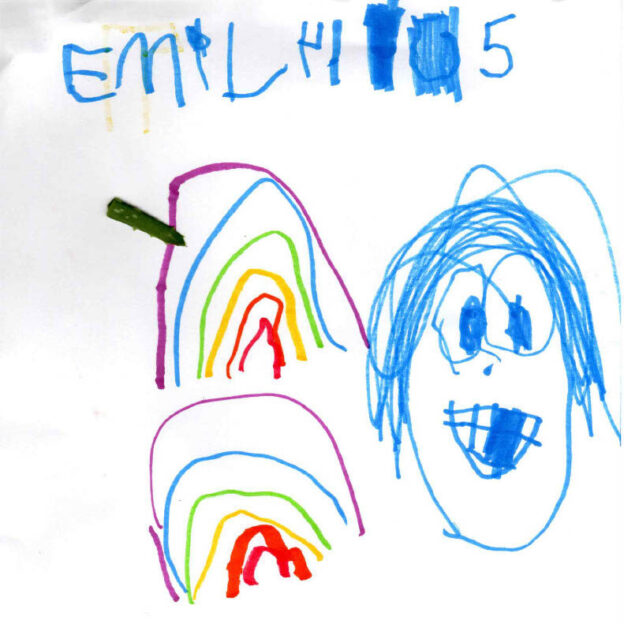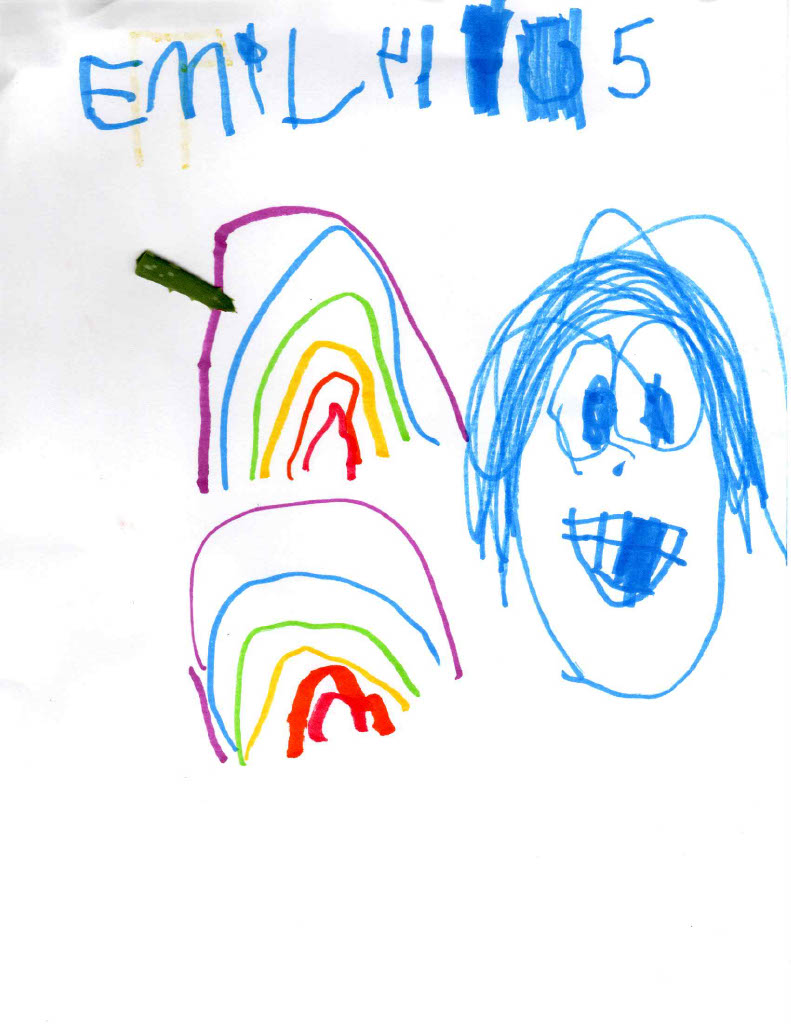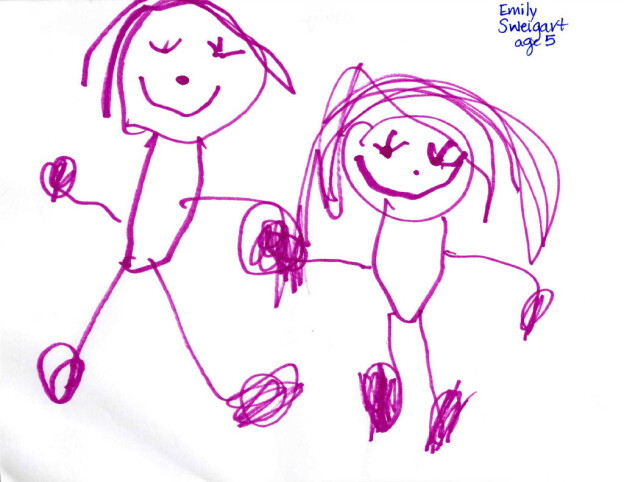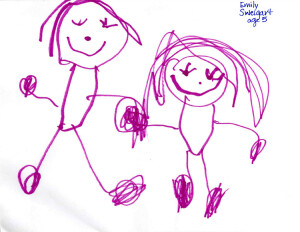If your family is like most, your teens have trouble putting down their screens at mealtime, bedtime, school, and just about anywhere! It’s a situation that is almost universal in our culture, but one that can lead to harmful long-term issues if they don’t develop some healthy habits. You can help.
According to the American Association of Childhood and Adolescent Psychiatry, screens can sometimes have negative consequences for a child’s or teenager’s physical, emotional, or psychological health. (Read the whole article here; it’s very helpful and informative.)
“Parents may not always know what their children are viewing, or how much time they are spending with screens. Children may be exposed to:
- Violence and risk-taking behaviors
- Videos of stunts or challenges that may inspire unsafe behavior
- Sexual content
- Negative stereotypes
- Substance use
- Cyberbullies and predators
- Advertising aimed at your child
- Misleading or inaccurate information
Too much screen time may lead to:
- Sleep problems
- Lower grades in school
- Reading fewer books
- Less time with family and friends
- Not enough outdoor or physical activity
- Weight problems
- Mood problems
- Poor self-image and body image issues
- Fear of missing out
- Less time learning other ways to relax and have fun”
You’ve likely seen or experienced some of these issues in your own family: your children upset because of being bullied on social media; negative stereotypes about looks and body image; a perceived need to answer every bling the phone makes or to constantly post pictures to Snapchat or Instagram. Being completely attached to a device is unhealthy, and there are some things you can do to help your teens strike a balance.
First, make sure you are modeling appropriate amounts of screen time. Do you seem to care more about a work email than about a moment with the family? Do you keep your phone with you every minute and read it constantly? Is the television on nonstop in your home?
This is a perfect subject for your teens to learn how to negotiate what’s important. Together in a family meeting (or a series of meetings) come up with a set of rules for everyone to follow. Rules might include: no devices during mealtimes; for every half hour on a device, spend a half hour in conversation or physical activity or a game; phones and devices are turned off 30 minutes before bedtime. Make sure your teens know that you have the right to monitor their activity on devices and social media, because you are keeping them safe even if they don’t like it.
Families that negotiate screen time can find that talking about it brings the family closer. Parents also probably need to focus more time on other family members instead of their screens. Modeling appropriate use of devices is a gift to them, and also to you. More time not watching a screen frees up time to do things together. And, while the things they experience and see on social media are fleeting, the time they spend with you is absolutely priceless for all of you.





 young child? Actually, yes.
young child? Actually, yes.
 Are you interested in making an appointment with Staci Case? Call our office at (502) 863-6426. We are happy she’s a member of our staff, and look forward to serving your particular counseling needs.
Are you interested in making an appointment with Staci Case? Call our office at (502) 863-6426. We are happy she’s a member of our staff, and look forward to serving your particular counseling needs. Dr. Caitlyn Anglin is returning to the place she fell in love with when she was an undergraduate at Georgetown College. Raised in Dry Ridge, KY (a small town between here and Cincinnati), she is thrilled to practice pediatrics in such a wonderful place!
Dr. Caitlyn Anglin is returning to the place she fell in love with when she was an undergraduate at Georgetown College. Raised in Dry Ridge, KY (a small town between here and Cincinnati), she is thrilled to practice pediatrics in such a wonderful place! Have you wished you could talk with or recommend a good counselor for children, adolescents, and families? We’ve heard your concerns and are pleased to announce a new hire in Jamie Doty, a Licensed Professional Clinical Counselor, to meet those needs in our community.
Have you wished you could talk with or recommend a good counselor for children, adolescents, and families? We’ve heard your concerns and are pleased to announce a new hire in Jamie Doty, a Licensed Professional Clinical Counselor, to meet those needs in our community.